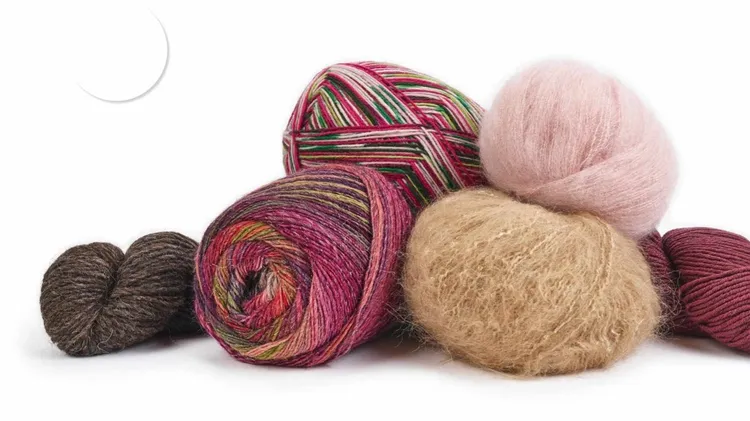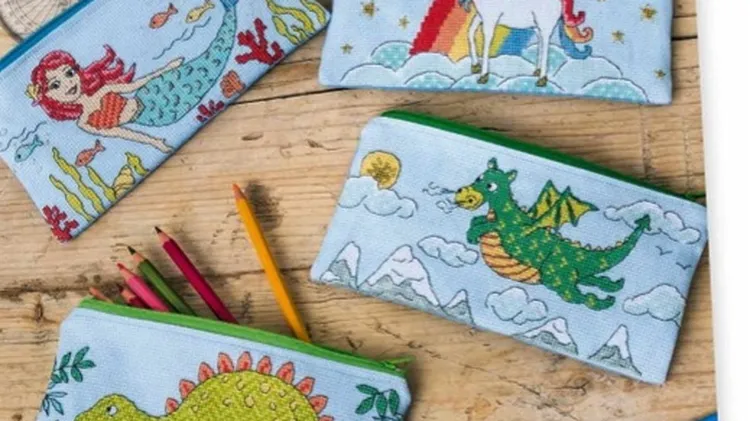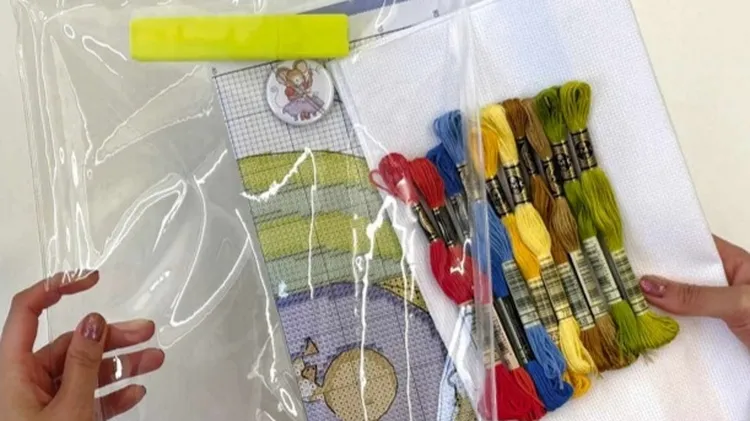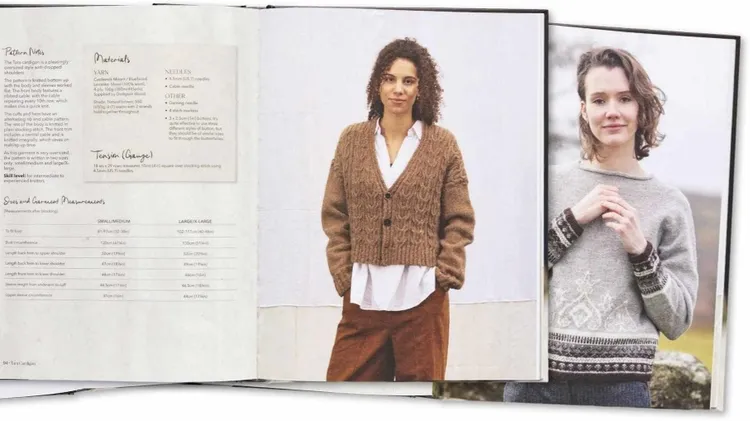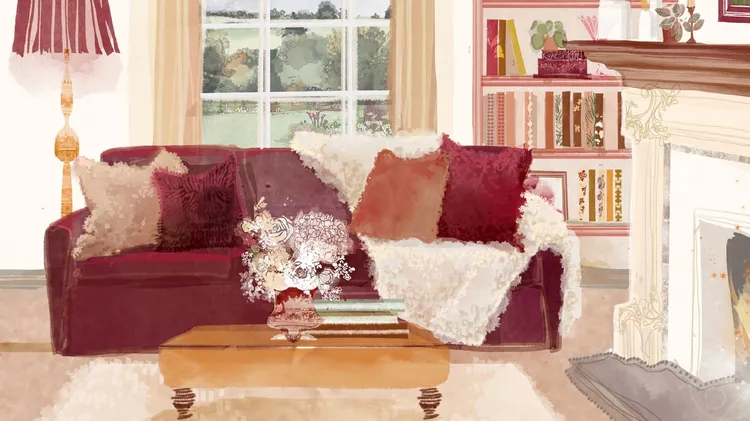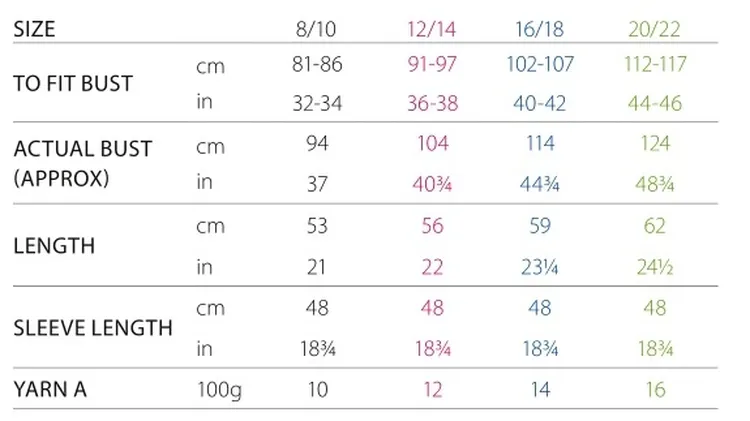Whether you’re felting knits by hand or in the machine, follow Faye Perr
Fulling and felting
4 min read
This article is from...
Read this article and 8000+ more magazines and newspapers on Readly

